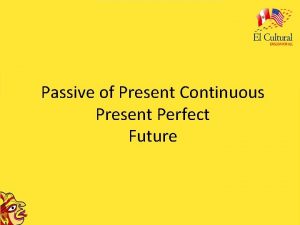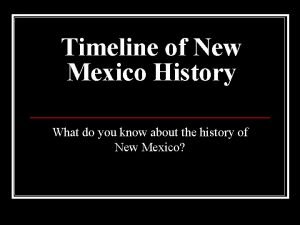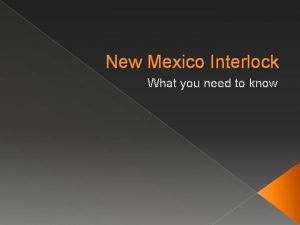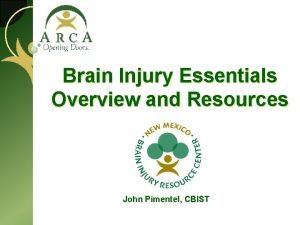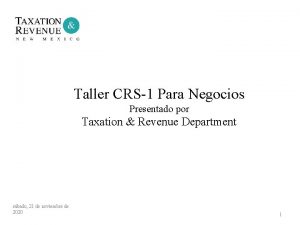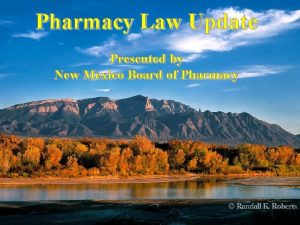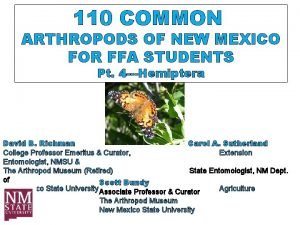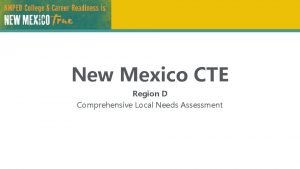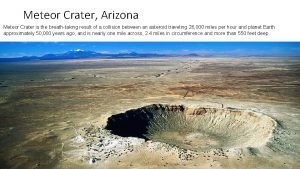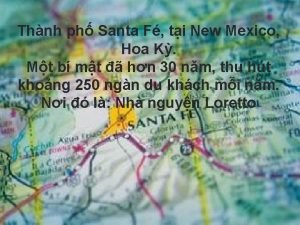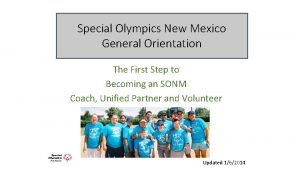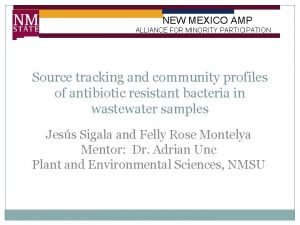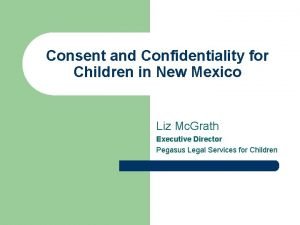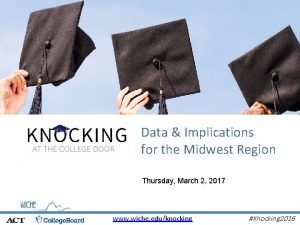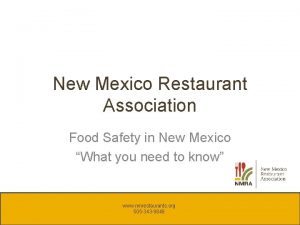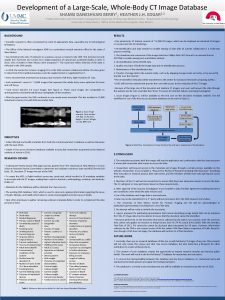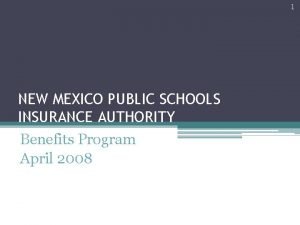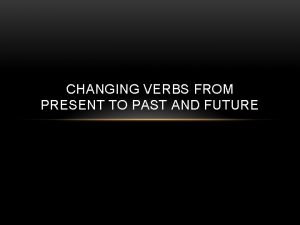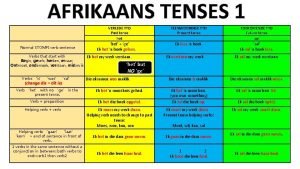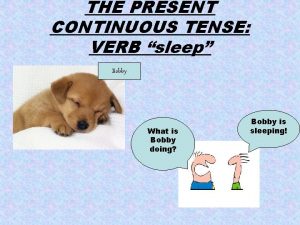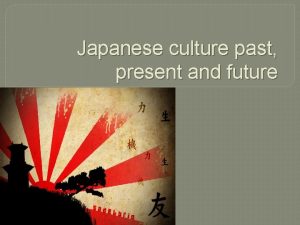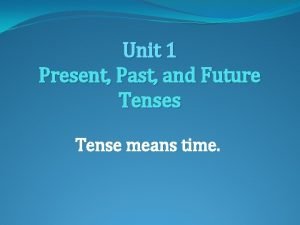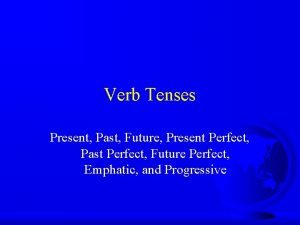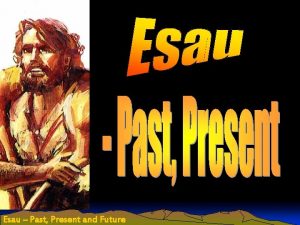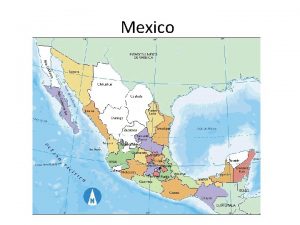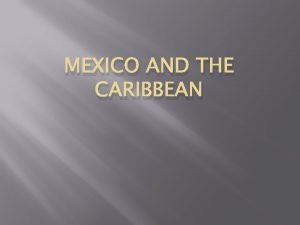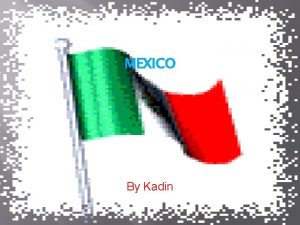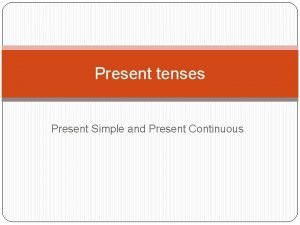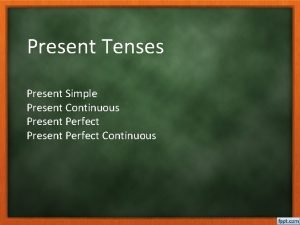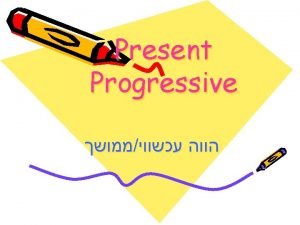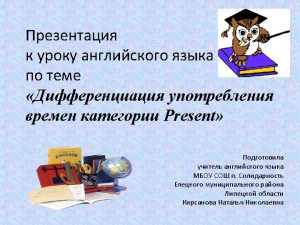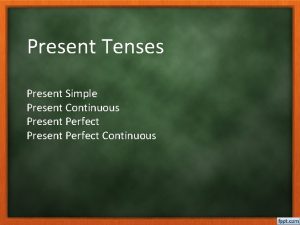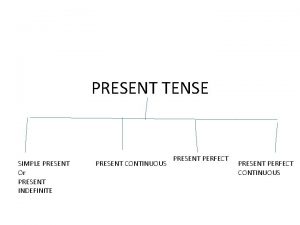NEW MEXICO PAST PRESENT FUTURE The Past Richard
















































- Slides: 48

NEW MEXICO: PAST, PRESENT, FUTURE The Past: Richard Stillson rts@point 0. net

New Mexico: It ain’t new and it ain’t Mexico. But it is the Land of Enchantment

New Mexico has mesas and adobe architecture But there’s much more to it than that

Rivers, Mountains and Deserts New Mexico has them all


Let’s start in the north—the southern Rockies Sangre de Cristo mountains

Skiing in New Mexico? You bet—around Taos

But there also deserts in Northern New Mexico Shiprock, the northwest corner Ghost Ranch

In the middle, we have Albuquerque Hey, where’s the adobe architecture?

It’s in Santa Fe—The State Capitol downtown, leading to the cathedral the capitol building

Down the Rio Grande Valley near Albuquerque Elephant Butte Reservoir

In dry seasons it can look like this

In the south, it’s mountains and deserts Sacramento Mountains White Sands and Black Mountains

The primary periods of New Mexico history � � � The earliest peoples: The Spanish period: The Mexican period: The territorial period: The state of New Mexico: 13, 000 BC to 1598 to 1821 to 1848 to 1912 to present.

First were the Clovis people

They evolved into the Mogollon Culture

Mogollons spread South while early Peublo cultures moved North

About 1000 AD Anasazi speaking groups moved north and developed into the famous Chaco culture Chaco canyon Mesa Verde cliff houses

Around 1300 AD, they abandoned their elaborate cities and migrated south to the Rio Grande and Pecos river valleys. These are the ancestors of the modern Pueblos Pictographs around Albuquerque Pueblo houses in modern Taos

Around 1200, migrations from the north: Athabascan speakers, the ancestors of: Navajos Apaches

Then, in the 16 th century, came something completely different

Hernando de Soto and Luis Moscoso expedition, 1539 -1543

Francisco Coronado expedition

The Spanish tried again in 1580 s, with Franciscans leading the way.

The Spanish spread in New Mexico but slowly, most around missions In 1680 the Pueblos had enough

1680: Pueblo revolt § § § The Pueblos combined with the Apaches; Santa Fe sacked, some 120 Spaniards killed, the rest fled south; Indians raided down the Rio Grande, driving Spaniards south —ultimately over 500 killed; The rest stopped at El Paso and made a successful stand. El Paso became the new capitol. The Pueblo and Apache lands were cleared of the Spanish. In 1690, the reconquista and the beginning of the Spanish period

By 1698 The Spanish were in control Diego de Vargas The French began to move in

Horses on the great plains changed everything for the Apaches, Navajos and Comanches.

Spanish civil governors and military took control from the Church. Built fortified towns with adobe bricks.

After the American revolution the competition for North America was fierce

Revolution, 1821

Early Mexican rulers Augustin Iturbide Santa Anna

Another revolution, Texas, 1836

Meanwhile in New Mexico � Authorities in Mexico City had little control while the government changed hands many times; � New Mexico, including what is now Arizona, Utah and parts of Colorado were distant and inaccessible. � The local governor and prefects ruled, in 1843 legislative assemblies were created; � Trade with the U. S. was encouraged and the Santa Fe trail over the Raton Pass became a major trading route. � During the Mexican period population grew by 55 percent, from 42, 000 in 1821 to 65, 000 in 1845.

And then… The United States conquered Mexico and took over all of northern Mexico. The largest land grab in the country’s history

With the treaty of Guadeloupe Hidalgo, most of the Southwest of the U. S and California became the property of the federal government.

New Mexico, a territory in the U. S. § Mexican citizens were allowed to keep Mexican citizenship if they so declared within one year. But then they could not vote or hold office. Many did not become full citizens until statehood in 1912. § Mexican land grants were to be honored but complex legal requirements left many off their land. § A constitutional convention was called in 1850 and a slave free constitution was drawn up. But statehood was stalled by the Compromise of 1850

The West under the Compromise of 1850

The Early Territorial Governments � � Top officials appointed in Washington—the first nonmilitary governor was a former mayor of St. Louis. Many conflicts with local Hispanic elites, Indian tribes and the Roman Catholic hierarchy. This was a new and unique situation. There was an elected legislature who were all Hispanic and Church elites. They re-established a court system, postal routes, wagon roads and local jurisdictions. There was an elected territorial delegate to Congress. He had no influence with Congress focused on slavery and the coming Civil War.

The Civil War in New Mexico Henry Sibley, confederate general Cochise, Apache chief

The sides in New Mexico, 1862 -63

Union Victory Confederate and Navajo defeat James Henry Carleton Union General Kit Carson, Scout, Guide And Union Colonel

Post War New Mexico � Gold, silver and copper rushes in the south of the territory and in the San Juan basin created wild west conditions. � Larger numbers of Anglos attracted to New Mexico, for mining, lumber and cattle ranching. � Let to huge fights over land with Texas cattlemen occupying ranches in the Pecos valley and the Sacramento mountains. � The Lincoln County war between Texans, carpetbagger newcomers and local elites. And the Santa Fe ring.

The Lincoln County War Billy The Kid John Chisum

Apaches kept fighting Geronimo, with warriors, 1886 General George Cook

Railroads—they changed everything

The Atchison, Topeka and Santa Fe it’s not just a song by Judy Garland The AT And SF In the beginning The AT And SF In The 1950 s

Statehood came slowly, but in 1912
 Future perfect continuous tense
Future perfect continuous tense Future perfect e future continuous
Future perfect e future continuous Present simple past simple present continuous exercises
Present simple past simple present continuous exercises Simple past simple present simple future
Simple past simple present simple future Present simple past simple future simple
Present simple past simple future simple Simple present, simple past simple future examples
Simple present, simple past simple future examples Power in looking for richard
Power in looking for richard Present simple and present continuous for future
Present simple and present continuous for future Have e has present perfect
Have e has present perfect Active passive present perfect continuous tense
Active passive present perfect continuous tense Eat present
Eat present Come past simple
Come past simple New mexico timeline
New mexico timeline New mexico health insurance pool
New mexico health insurance pool New mexico interlock
New mexico interlock New mexico brain injury resource center
New mexico brain injury resource center Acd 31075
Acd 31075 New mexico board of pharmacy
New mexico board of pharmacy New mexico ffa
New mexico ffa Cte school new mexico
Cte school new mexico Morokweng crater
Morokweng crater New mexico tech
New mexico tech Cau thang thanh giuse new mexico
Cau thang thanh giuse new mexico Rio rancho tball
Rio rancho tball Special olympics new mexico
Special olympics new mexico New mexico amp
New mexico amp Independent petroleum association of new mexico
Independent petroleum association of new mexico Conduent new mexico
Conduent new mexico New mexico privacy
New mexico privacy New mexico interstate stream commission
New mexico interstate stream commission New mexico food safety
New mexico food safety Unm im residency
Unm im residency New mexico decedent image database
New mexico decedent image database Nm public schools insurance authority
Nm public schools insurance authority Simple present past future tense words
Simple present past future tense words Past simple future simple
Past simple future simple Present continuous tense and past continuous tense
Present continuous tense and past continuous tense Past present and future tense verbs
Past present and future tense verbs Verb present past future
Verb present past future Present tense in afrikaans
Present tense in afrikaans Present continuous verb form
Present continuous verb form Past perfect present perfect future perfect
Past perfect present perfect future perfect Be past tense
Be past tense Simple present simple past simple future
Simple present simple past simple future Poner past perfect
Poner past perfect Past present future japanese
Past present future japanese List helping verbs
List helping verbs The 23 helping verbs
The 23 helping verbs Unit 1 present forms
Unit 1 present forms









